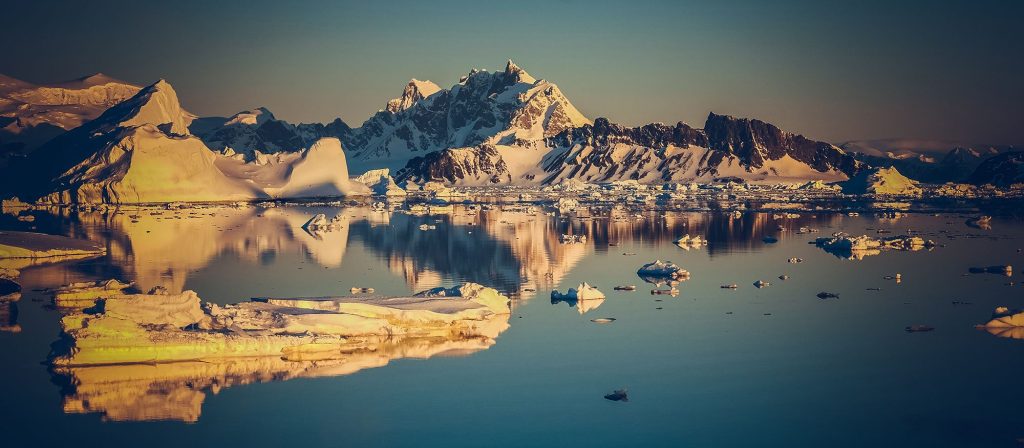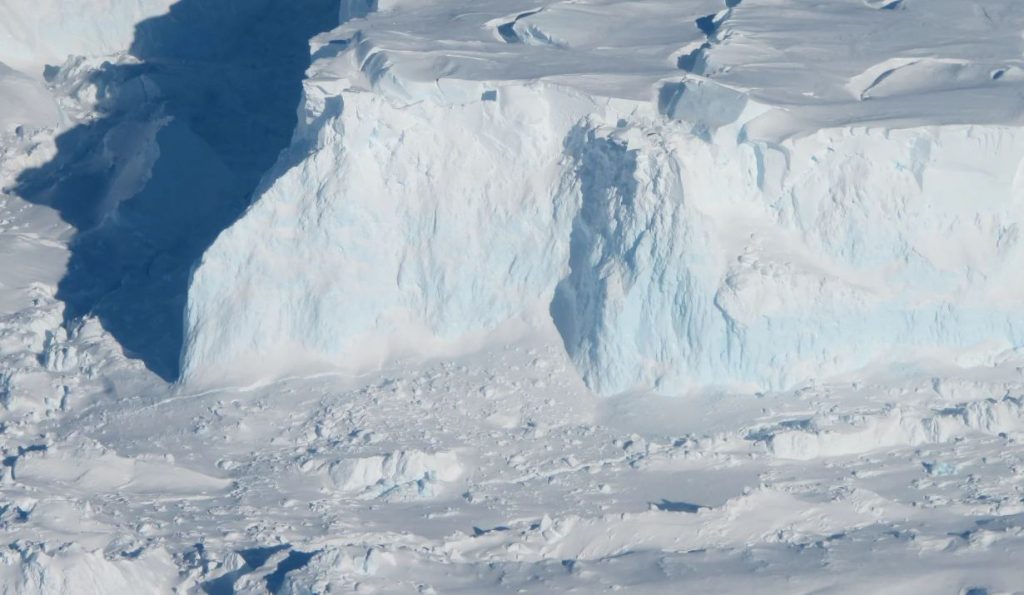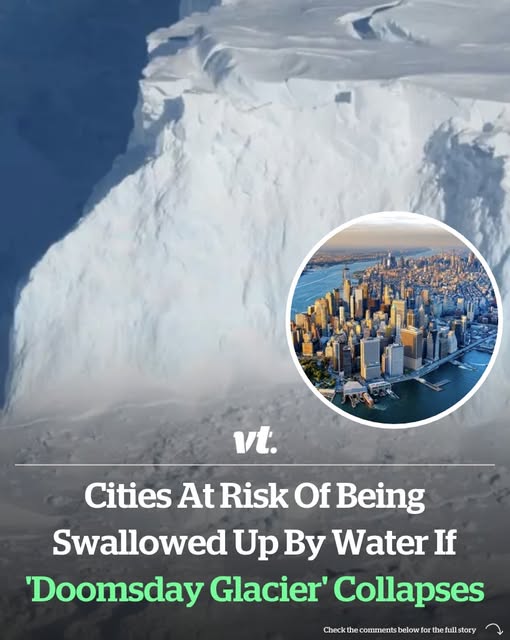Located in West Antarctica, Thwaites Glacier called the “Doomsday Glacier” spans an area the size of Great Britain and is over 2 km thick. If it collapses, it could raise global sea levels by up to 65 cm (25 in)
Why Thwaites Is So Dangerous
A Keystone for Antarctic Ice
Thwaites acts as a massive cork, preventing the wider West Antarctic Ice Sheet from disintegrating. If its floating ice shelf—the unstable “doorstop” in the ocean—is lost, the glacier will accelerate into the sea, dragging along neighboring ice masses.

Fast-Melting & Hidden Lakes
Glaciologists observed that Thwaites’ ice flow has doubled since the 1990s. Beneath the glacier lie “hidden lakes,” which destabilize its base. In some areas, grounding zones weaken abruptly, enabling rapid retreat into warmer ocean currents.
Impacts on Global Coastal Cities
A Half-Meter Rise = Major Disruptions
Even a 65 cm rise would flood vast port areas and low-lying neighborhoods. Major cities such as New York, London, Bangkok, and others across Africa, India, and the Pacific would face chronic inundation. Entire islands across the Pacific and Indian Oceans could disappear.
The Extreme Scenario
More dire projections suggest that a full collapse of the West Antarctic Ice Sheet—triggered by Thwaites—could push sea levels up by 3 m or more over several centuries, permanently transforming coastlines worldwide.
U.S. Coastal Vulnerabilities
Models highlight that many American cities—Miami, New Orleans, Houston, Virginia Beach, San Francisco, and others—would be inundated under high-end sea-level rise scenarios. NOAA maps, particularly Climate Central’s viewer, project widespread impacts by 2100 if warming continues unabated.
How Fast Is This Happening?
- Immediate acceleration: Ice flow into the sea is already double the rate seen in the 1990s
- Ice shelf vulnerability: Parts of the floating shelf may collapse within a few years, prompting yet faster glacial discharge
- Long-term melting: Full collapse could unfold over centuries, with sea levels rising meters over time
Why It Matters Now
Record-low Antarctic sea ice reduces sunlight reflection, heating surrounding waters and further destabilizing glaciers. A warmer ocean encourages more melting under ice shelves—a feedback loop driving accelerated glacial retreat.
Taking Action: What Scientists Urge
Cut greenhouse gas emissions immediately to slow warming.
Advance glacier monitoring, deploying underwater robots and satellite monitoring to track ice shelf health. Prepare coastal defense strategies—sea walls, flood barriers, managed retreat—as long-term adaptation becomes essential.
The Human Cost
From major metropolises to small island nations, millions could be displaced, with massive economic and infrastructural loss. The looming risk demands urgent political resolve—both to slow the thaw and build resilience where adaptation is inevitable.

Final Thoughts
Thwaites Glacier’s potential collapse marks a critical threshold in climate change—one that could permanently redraw coastlines across the globe. Though full disintegration may take centuries, rising sea levels of tens of centimeters pose near-term threats. The window for real action remains narrow: reducing emissions now and preparing coastal regions for the changes ahead. The Doomsday Glacier serves as a stark reminder that climate inaction today could lead to irreversible devastation for future generations worldwide.

















